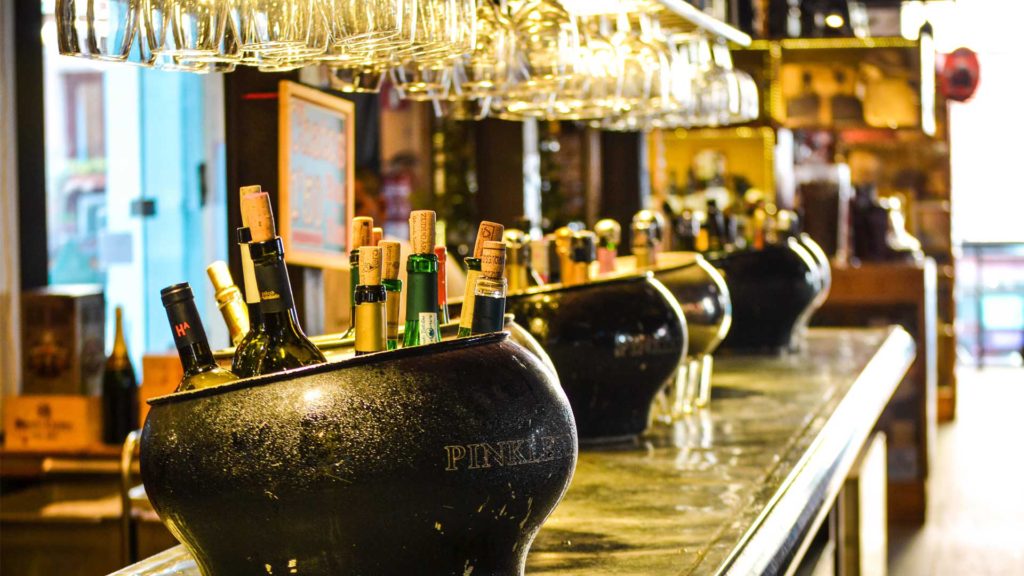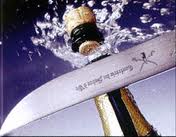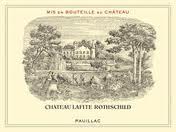An anonymous Internet bidder has paid $78,200 (54,000 euros) for two bottles of 200-year-old Champagne salvaged from a shipwreck at the bottom of the Baltic Sea.
The buyer, reportedly from Singapore, paid a world-record price of 30,000 euro for a bottle of Veuve Clicquot and 24,000 euro for a bottle of Juglar.
The bottles were part of a cache found aboard a two-masted schooner that ran aground between 1825 and 1830 and that Finnish divers stumbled upon last July. They are believed to be the oldest preserved examples of their respective brands.
Wine experts who studied the corks and hand-blown bottles said the wines were produced between 1811 and 1831.
“Most likely they’re older than that, because in those days they kept wine stored for 10 to 12 years in barrels before they shipped it,” said Christian Erikson, the diver who discovered the cache.
Salvaging the bottles — among a batch of about 150 which were preserved in ideal conditions at the bottom of the Baltic Sea and include Heidsieck Champagne — began in August.
The batch was auctioned in in Aland, an autonomous province of Finland, which owns the Champagne.
The buyer’s identity was not revealed, according to the Associated Press.
“Today proved to be one of the most historic and exhilarating events in the world of wine,” said John Kapon, CEO of the New York auction house Acker Merrall & Condit, which conducted the sale, according to a report in the Toronto Sun. “To have America and Asia battling it out here in Europe, setting a new world record, is a testament to the globalization of the fine wine market, and this is only the beginning.”




